QuestionQUESTION: my pup is five months old and is moulting for the first time how many times a year do huskys moult and how long does it last for and also are you ever able to get them to walk right on the lead
ANSWER: It's actually called "blowing coat" and an outdoor dog generally does it twice a year - around the spring and fall, but really, when the weather changes significantly. The idea is that the dog is replacing a thicker winter coat, with a lighter, summer coat, and vice-versa in the fall. The process usually lasts for a week or so for outdoor dogs.
For indoor dogs, or dogs that share time in and out, they lack a consistent ambient temperature to help push the change. My dogs, who are indoor/outdoor, actually go through a slower coat blow period, and it unfortunately can last 3-4 weeks. One way to help is to bathe them in a very warm bath - it encourages the fur to loosen up and can speed up the process some. My dogs, since they spend time outside, usually do a significant coat blow twice a year still as would an outdoor dog. Also keep in mind that dogs in harsher climates (hotter or colder) may not blow coat as regularly, since there may not be as significant of a weather change.
As for walking right on lead, I assume you mean walking on a loose lead? If so, write back and I can help you out of that process.
---------- FOLLOW-UP ----------
QUESTION: yes when i take her out all she does is pull and pull i want to be able to walk her and the lead be loose and not pulling tight.
AnswerWalking on a loose lead can be a challenge with a Siberian, who was bred to pull and instinctively, does a very good job with it. Loose lead training is a combination of equipment and consistency. Firs, equipment.
1) Use a 6' leash. The flexi-leads are not helpful in this training - get rid of them. Technically, any fixed length lead is good, but I find that a 6' lead offers the best control and freedom for the dog, although technically, a 4 or 8 foot lead would work fine too.
2) Collars. There are three types you should be considering: a) Flat Buckle Collar; b) Slip chain; c) German Prong Collar
Now, the next thing is the technique of the correction. For loose lead walking it is a simple correction referred to as a "pop and release." The action is very simple. A quick tug on the lead toward you and then releasing the lead to it's loose state. The tug should be sharp and quick.
Now, we put the two together. Walk with your dog, as it runs out to the end of the leash, you correct it. The quick "pop" and release should get the dog's attention back to you. Each time the dog goes to the end, and just before the lead becomes tight, you pop and release. The correction will teach the dog to stay within the lead's range. (You can see why a "flexi-lead" won't work here, as the distance would vary.) The correction is similar to a mother dog with her pup, would quickly correct a dog by grabbing at the neck. It's important that the dog not be allowed to strain against the collar, as this can cause severe and permanent damage to the throat.
Now, collar selection is important. Generally, start with the flat buckle collar, which hasn't the lowest range of correction. If the dog does not seem to respond to this (i.e., still pulling), move up the slip chain, and finally to the German prong collar. My personal preference is the German collar. It actually has a limited-slip like a martingale collar, and the prongs do a good job of getting through the thick Siberian fur.
Sibes are big showoffs too, and may vocally protest this new lead walking technique, but really, it's a shock to the dog, not pain. The quick pop and release is enough to get the dog's attention, but not enough to cause pain. If you doubt this, try taking a prong collar and putting it on your arm. With a quick motion, tighten and release it (the "pop" I mentioned earlier). It might sting just a bit on your arm, but keep in mind that the Siberian neck is covered with thick fur - not too big of a deal really. With proper application of this method, I've been successful in getting the worst dogs to walk on a looser lead within about 2 minutes. After a few days of this, you generally find that the dog is within 6' of you for the entire walk.
Hope that helps some and any questions, let me know.

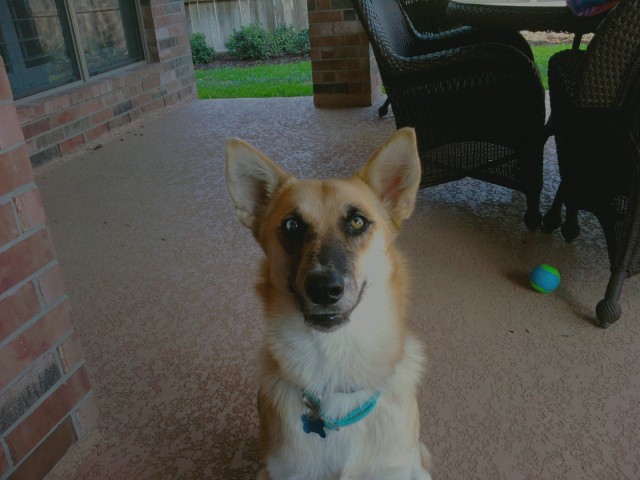 Wondering if my rescued husky mix is not a mix
Question
Ace
I adopted a 7 month old rescue abou
Wondering if my rescued husky mix is not a mix
Question
Ace
I adopted a 7 month old rescue abou
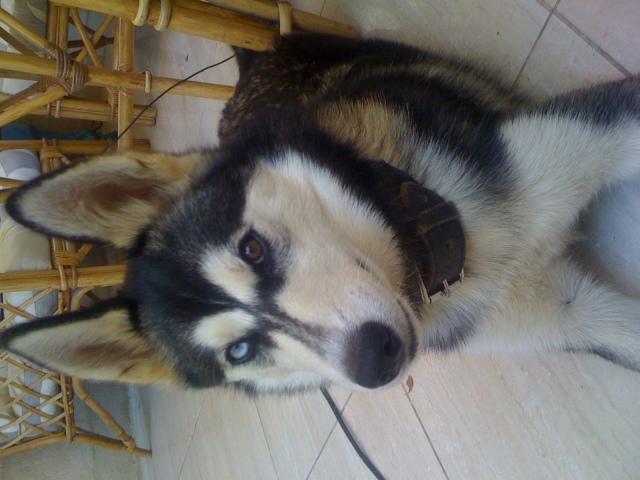 coming when called
QuestionQUESTION: hi, i have a female husky that is app
coming when called
QuestionQUESTION: hi, i have a female husky that is app
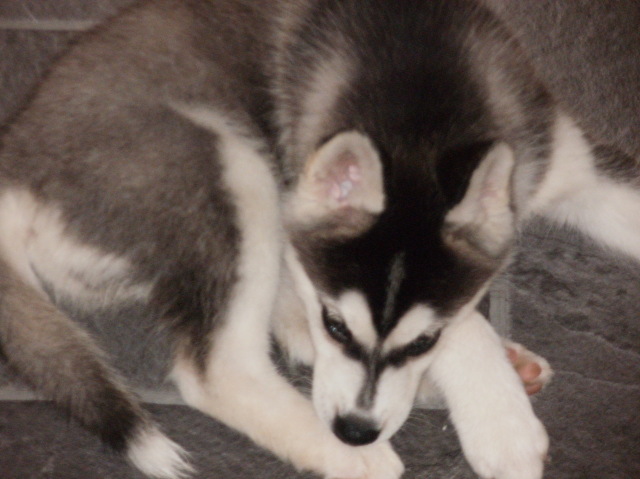 Bath Time
Question
Keiko
Hi we have a 14 week old Siberian named
Bath Time
Question
Keiko
Hi we have a 14 week old Siberian named
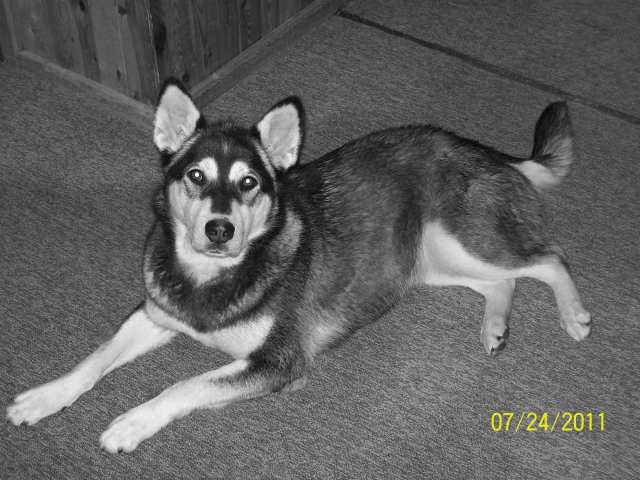 Pregnancy
Question
Diamond in black and w
Is it possible f
Pregnancy
Question
Diamond in black and w
Is it possible f
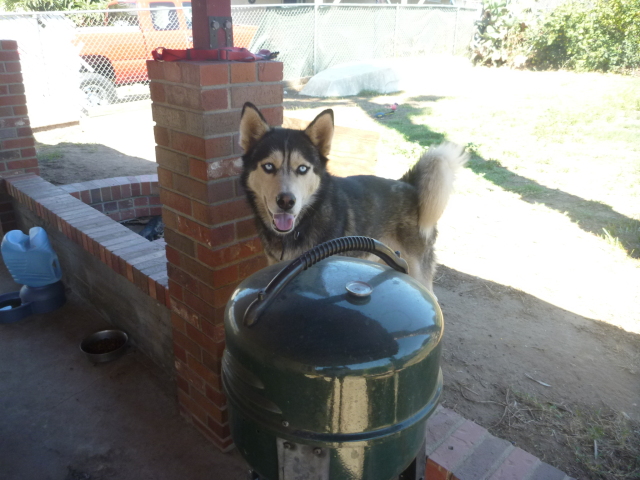 My husky and other dogs.
Question
Kona
My siberian husky, Kona, is 2years old an
My husky and other dogs.
Question
Kona
My siberian husky, Kona, is 2years old an